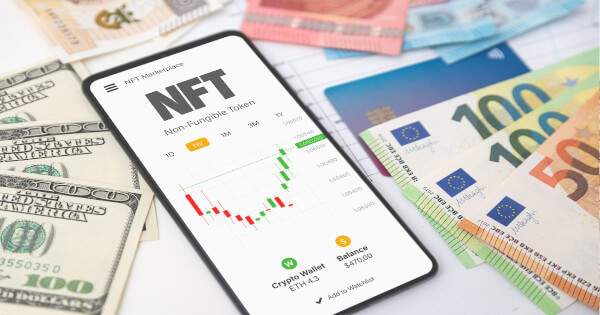Scammers Target NFT Users in BLUR Token Airdrop Scam
Zach Anderson Mar 17, 2023 10:49
Scammers are targeting NFT users with fake BLUR token airdrop links on malicious websites, resulting in the loss of over $300,000 in ETH. Legitimate BLUR platform has been rewarding users with tokens through its three-phase airdrop incentive scheme.

Scammers are targeting non-fungible token (NFT) users by promoting fake airdrop links to claim BLUR tokens on malicious websites. According to TrustCheck, scammers have stolen over $300,000 in Ether from unsuspecting users who linked their wallets to these fake websites.
The BLUR platform is a newcomer to the NFT marketplace and has been gaining popularity with its three-phase airdrop incentive scheme. Users have been receiving tokens based on their trading activity on the platform. The second airdrop scheme distributed 10% of the total BLUR token supply to users who traded NFTs on Ethereum. The first airdrop was retroactive, awarding tokens to anyone who traded an NFT in the six months leading up to the platform's launch, while the third airdrop rewarded users who placed bids on the platform.
The incentive program has created an opportunity for scammers to prey on users looking to claim BLUR tokens across the NFT ecosystem. These fake websites use smart contracts that automatically prompt transactions when users connect their Ether wallets. All the Ether from the wallet is then drained to a specific address. TrustCheck has been keeping tabs on the number of funds stolen by flagging suspicious websites and transactions, warning Web3 users of potential fake websites and smart contracts.
Despite reports of NFT wash trading, data analytics suggest that BLUR's NFT trading volumes are legitimate. Scammers continue to drain funds through Web3 functionality, as phishing attacks and fake websites are commonplace across the internet. In February 2023, a phishing wallet address linked to a URL masquerading as the ETHDenver conference website has stolen over $300,000 to date. In late 2022, scammers targeted FTX investors through phishing websites after the failed cryptocurrency exchange's implosion.
It is crucial for NFT users to be vigilant and cautious when dealing with token airdrops and to ensure that they only connect their wallets to legitimate websites. Tools like TrustCheck can help users identify suspicious websites and transactions, but ultimately, it is up to individuals to protect their funds and stay informed of potential scams.
Image source: Shutterstock